Preliminary Engineering

How Do You Eat an Elephant?
One bite at a time. Engineers are adept at this approach to problem solving. They routinely encounter complex projects and break them down into simpler smaller problems called phases of the project. The typical phases of an engineering project include Preliminary Engineering, Basic Engineering, Detail or Final Engineering, Bid Package and Bid Reviews, Construction, and Start-Up. Let’s take a look at the first phase the engineering approach in process engineering and identify some of the language of engineers as well as what that language means to those encountering the engineering process for the first time. Why Do Preliminary Engineering? Preliminary engineering is performed to evaluate the financial feasibility of a project by looking at the estimated capital costs and operating costs of a proposed processing plant. This is accomplished by identifying the scope of the project and producing the information and documents required for a preliminary plant cost estimate and operating cost estimate. The drawings produced during this phase of the project show only the major pieces of equipment and instrumentation. The costs are then estimated using industry accepted factors. At completion of the preliminary engineering the plant design is considered only preliminary and the cost estimates are good to approximately 50%. When Do Preliminary Engineering? Preliminary engineering is done after completing the pilot testing of the process. This pilot testing is performed to determine the technical feasibility of the process and to collect the data for equipment sizing, utilities estimates, and operator requirements for the process.  What to Expect Typical Time to Complete Phase: 6-8 weeks The following are addressed during Preliminary Engineering:
What to Expect Typical Time to Complete Phase: 6-8 weeks The following are addressed during Preliminary Engineering:
- Project Scope – document defining the general goals, deliverable, tasks, and resources of the project
- Flow Diagram – a drawing showing the movement of materials through a process without concern for the actual location of each item in the plant
- Material Balance – a document showing the mass balance of material moving through the process; typically includes initial energy balance as well
- Preliminary Equipment Sizing – Determines the size and materials of the major pieces of equipment used in the process
- Preliminary Electrical Single Line Diagram – a simplified drawing of the electrical system of the process using lines for conductors and graphical symbols for the main components of the system
- Preliminary Piping & Instrument Diagrams (P&ID) – a simplified drawing showing the main instrumentation and hardware needed to control the flow of the process
- Equipment Arrangement Drawing – an top view (plan view) and side view (elevation view) of the plant showing the spatial arrangement of the equipment within the footprint of the plant
- Elevation Drawing – A 3-dimensional drawing of the plant
- Preliminary Safety Review – a review of the safety concerns to personnel and the risk to equipment in operating the plant
- Project Schedule – a timeline of the expected completion of each additional phase of the project
- Equipment Cost Estimate – provides a cost for the major equipment for the plant and provides a total project cost estimate within ± 30-50% based on industry accepted factors
- Operating Cost Estimate – this estimates the cost to run the plant based on the raw materials, utilities cost, and personnel needed
What’s Next? The information from the Preliminary Engineering Phase of a project equips the technology owner with a reasonable initial investment to make “go or no go” decisions for the project.

Pilot Plant Fluid Bed Drying System
- Return to the Pilot Plant for More Testing
- Continue on to the Basic Engineering Phase or the Detail Engineering Phase
- Identify Stakeholders and/or Investors
- Put the Project on Hold

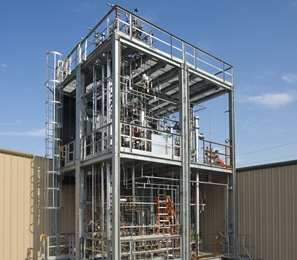

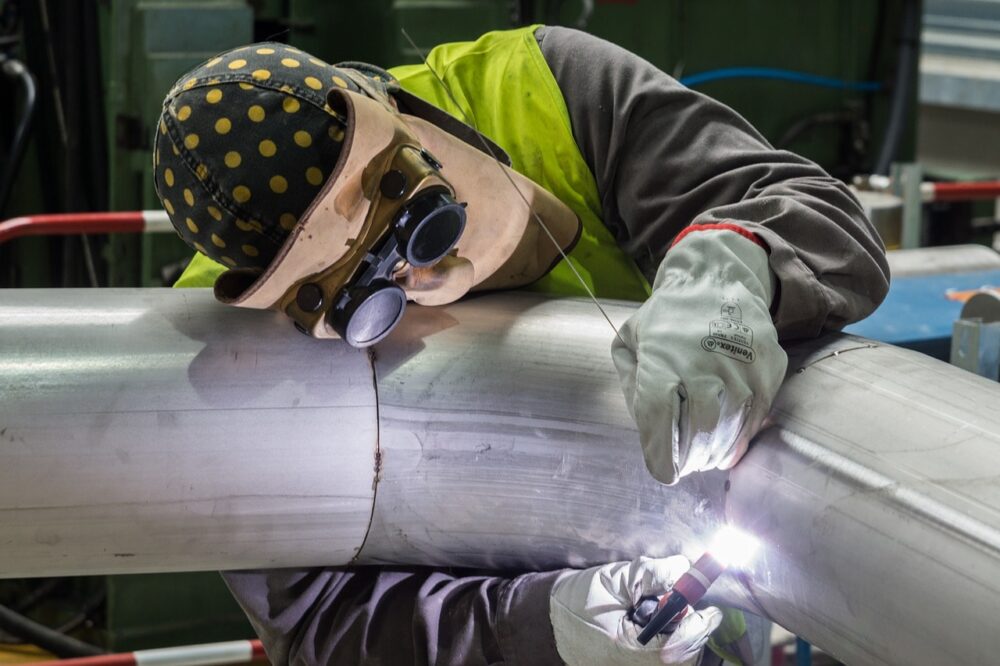
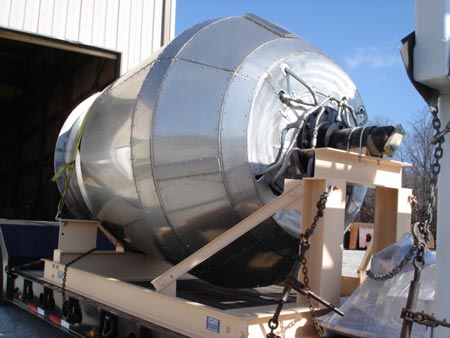
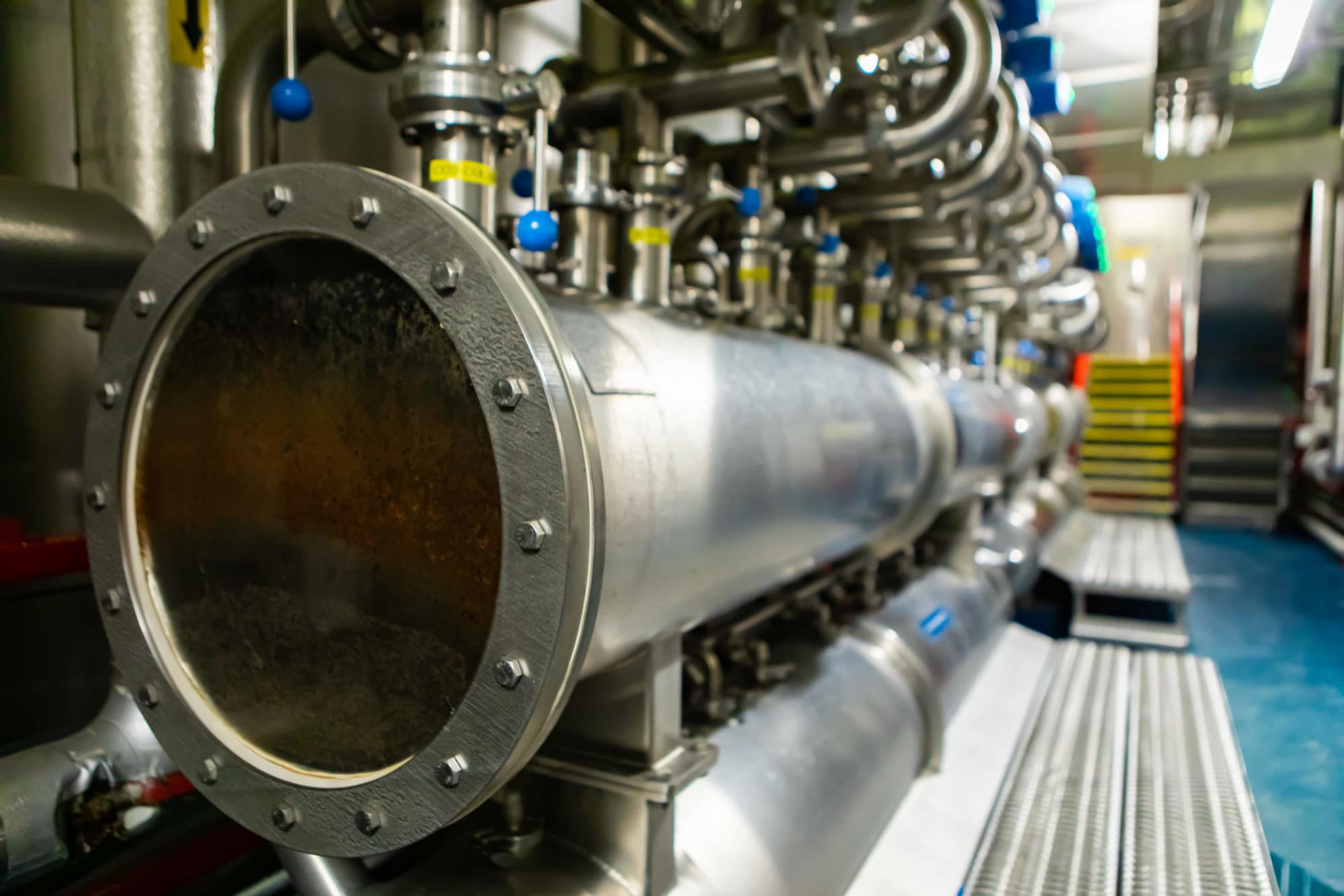
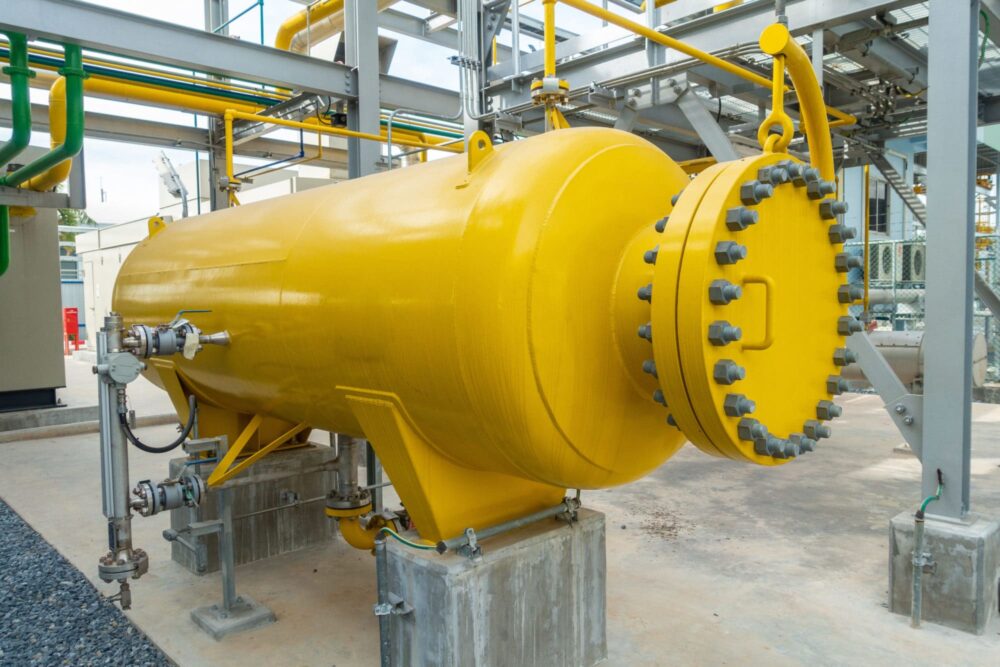
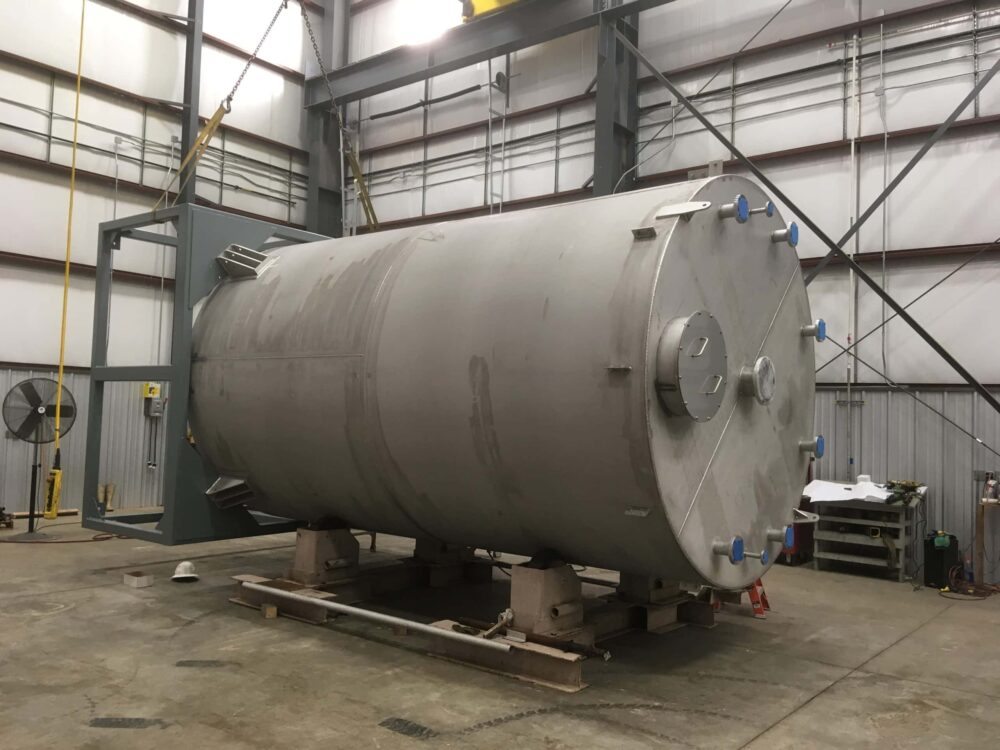
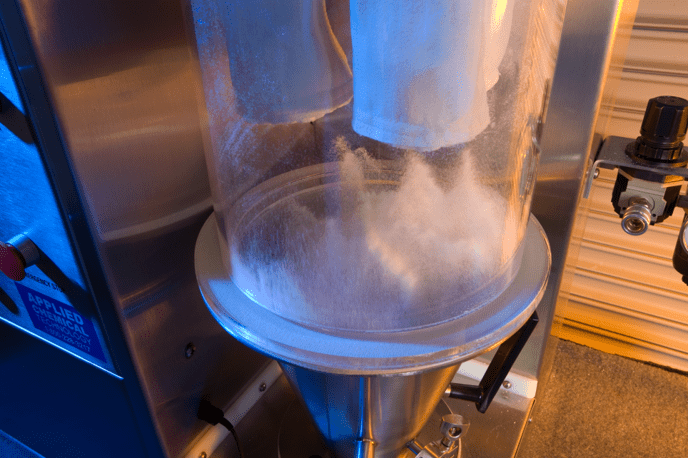
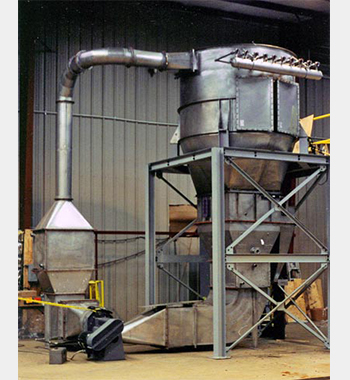
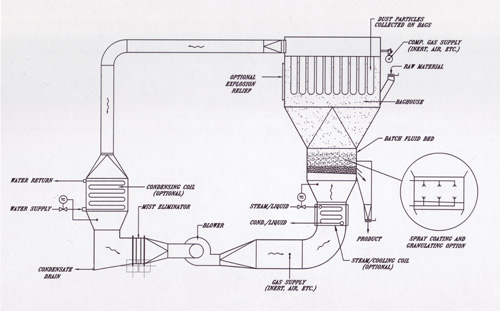
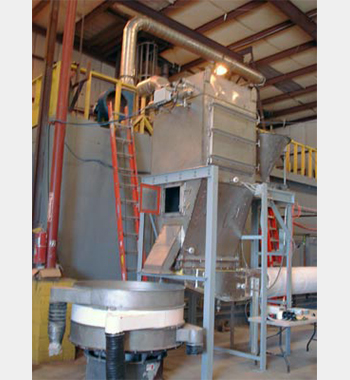
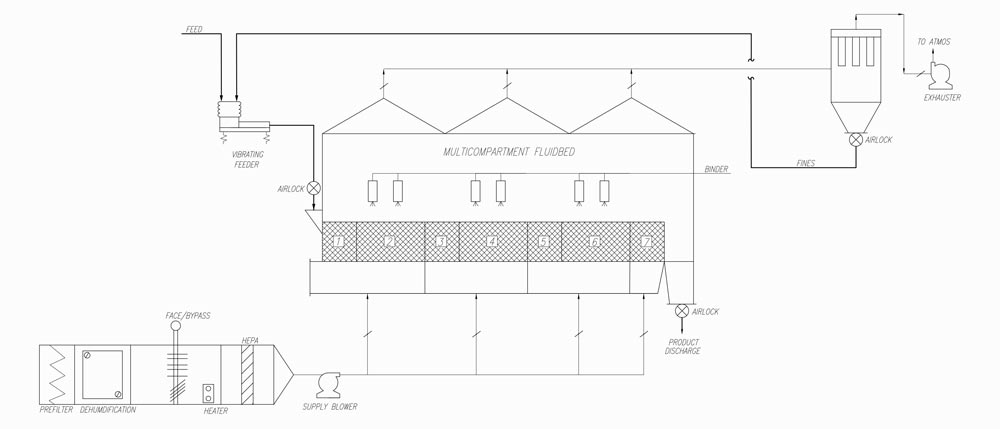
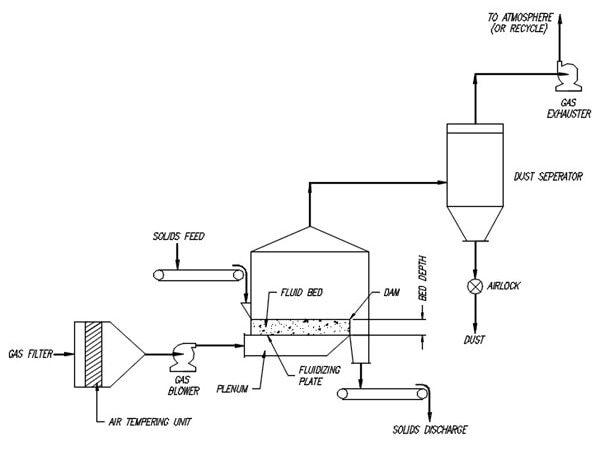
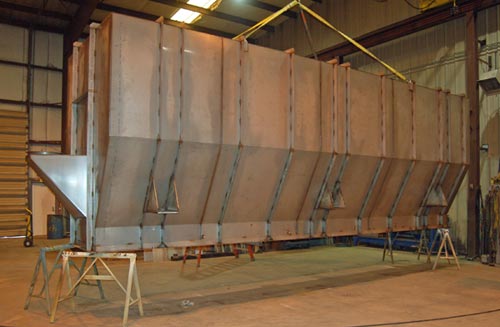
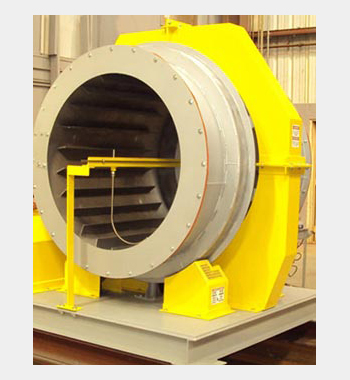
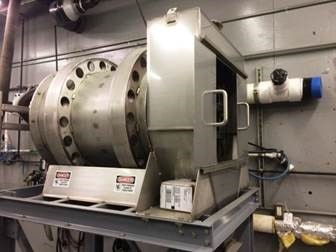
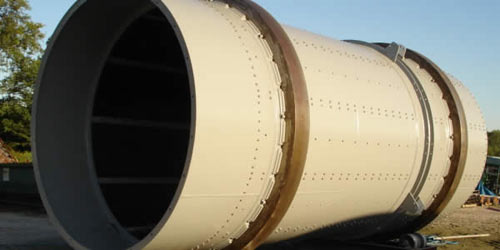
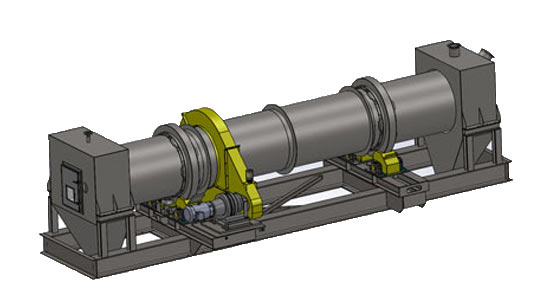
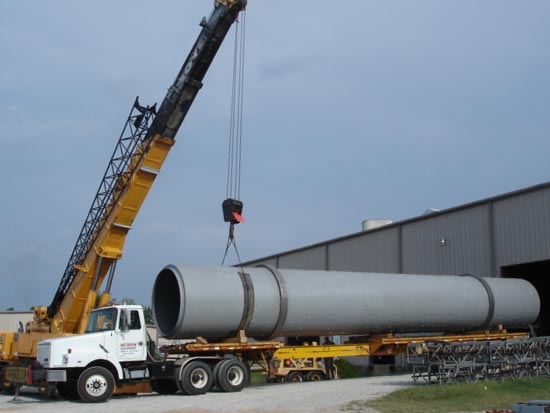
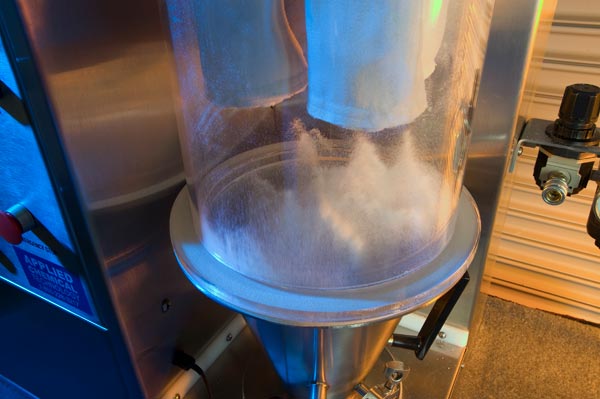
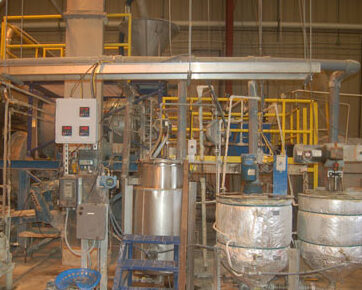
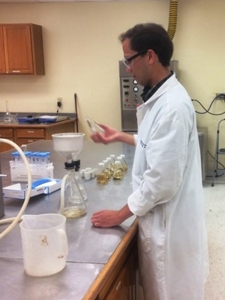
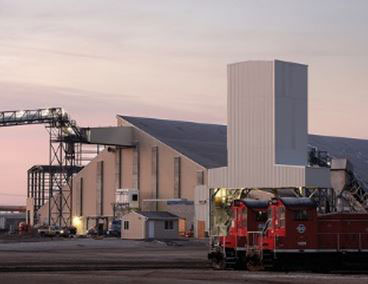
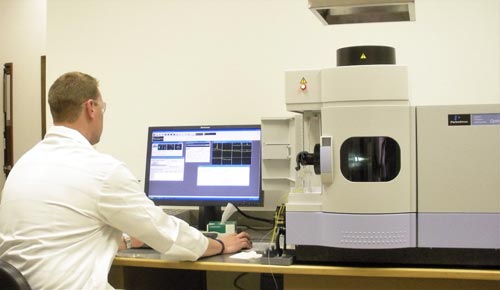
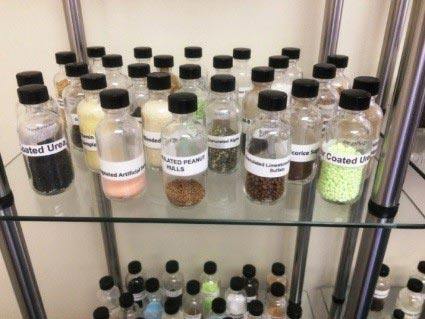
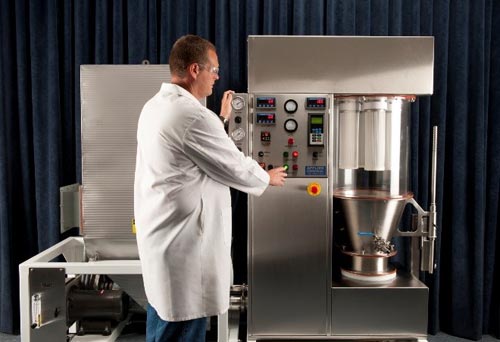
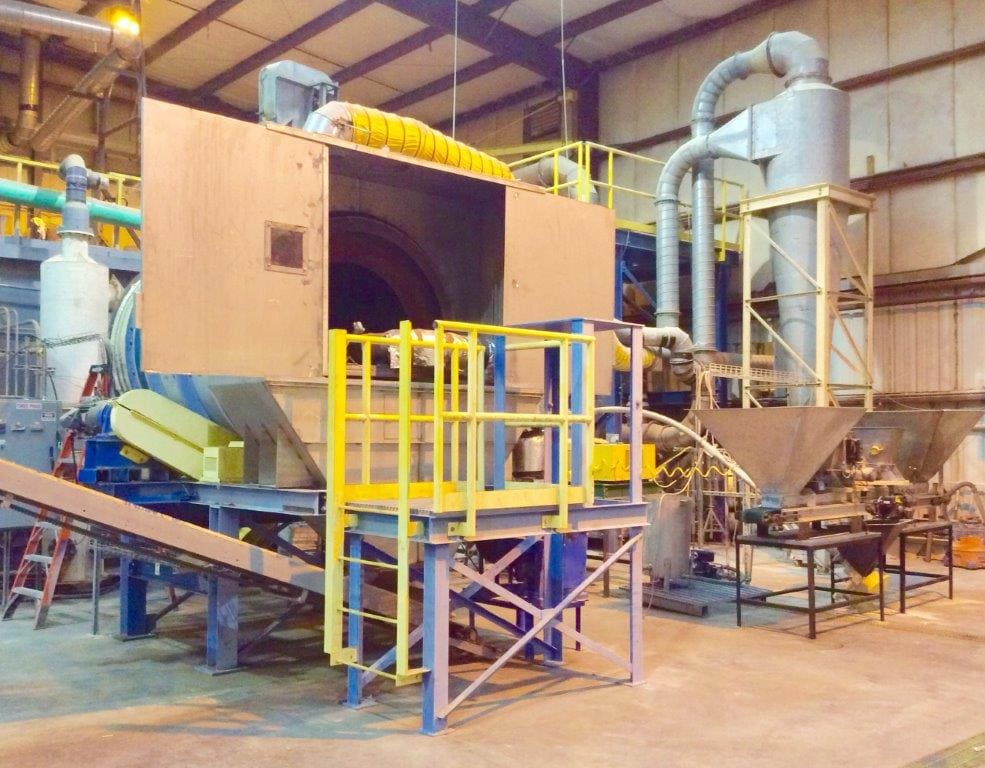
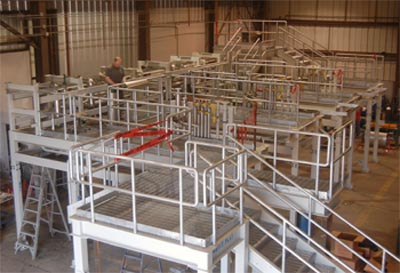
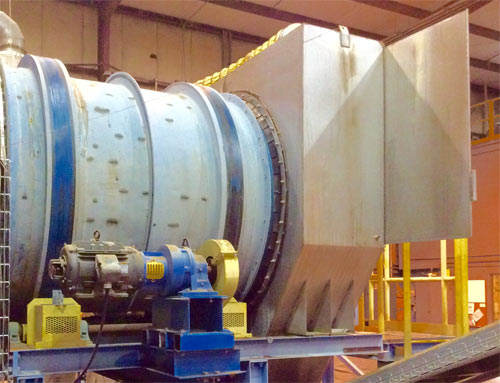
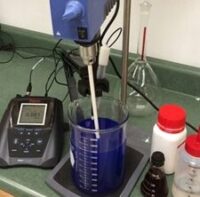
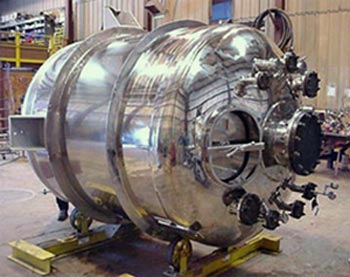
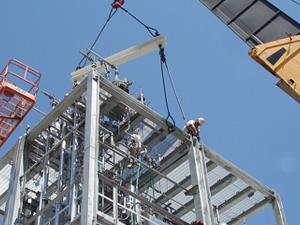
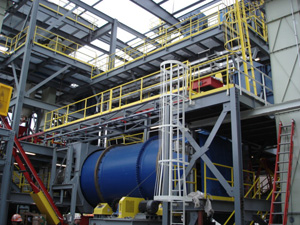





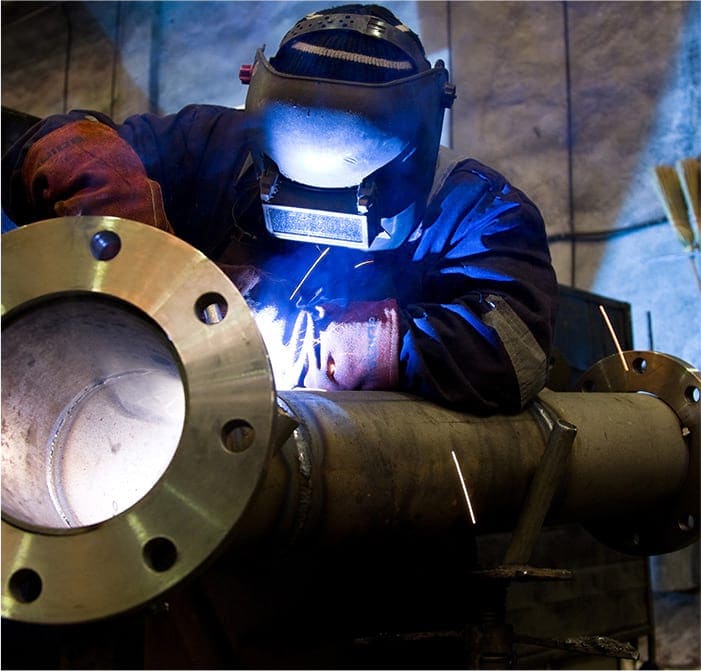
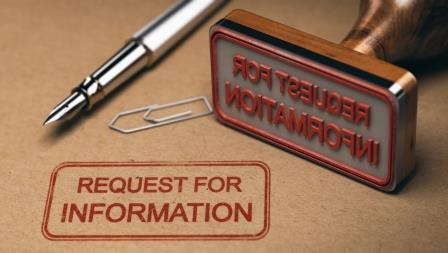
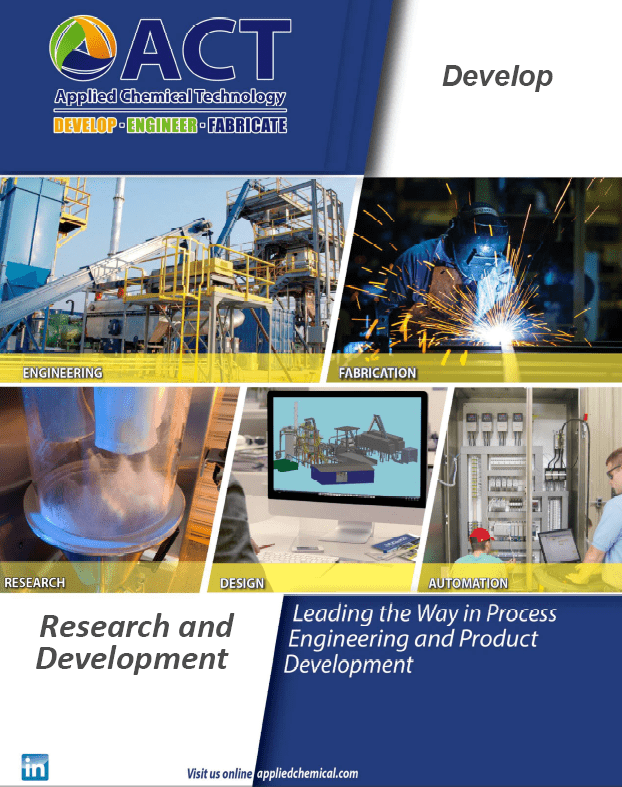

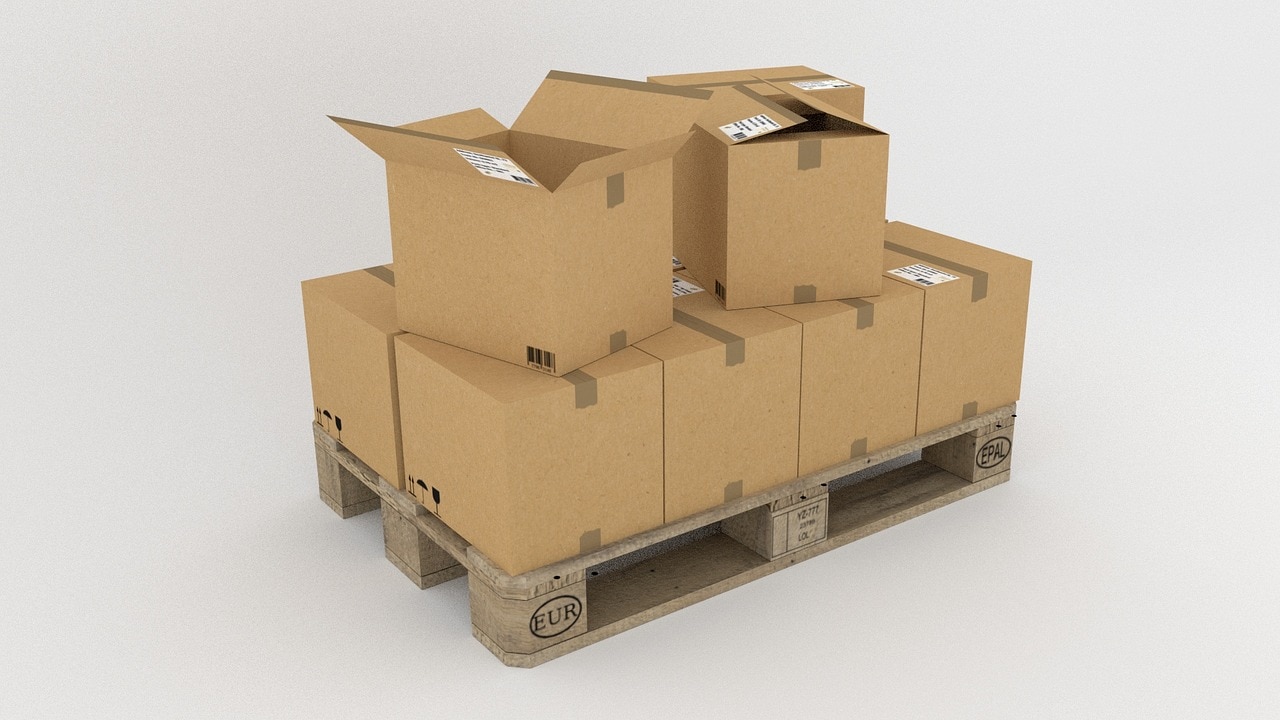
Comments are closed